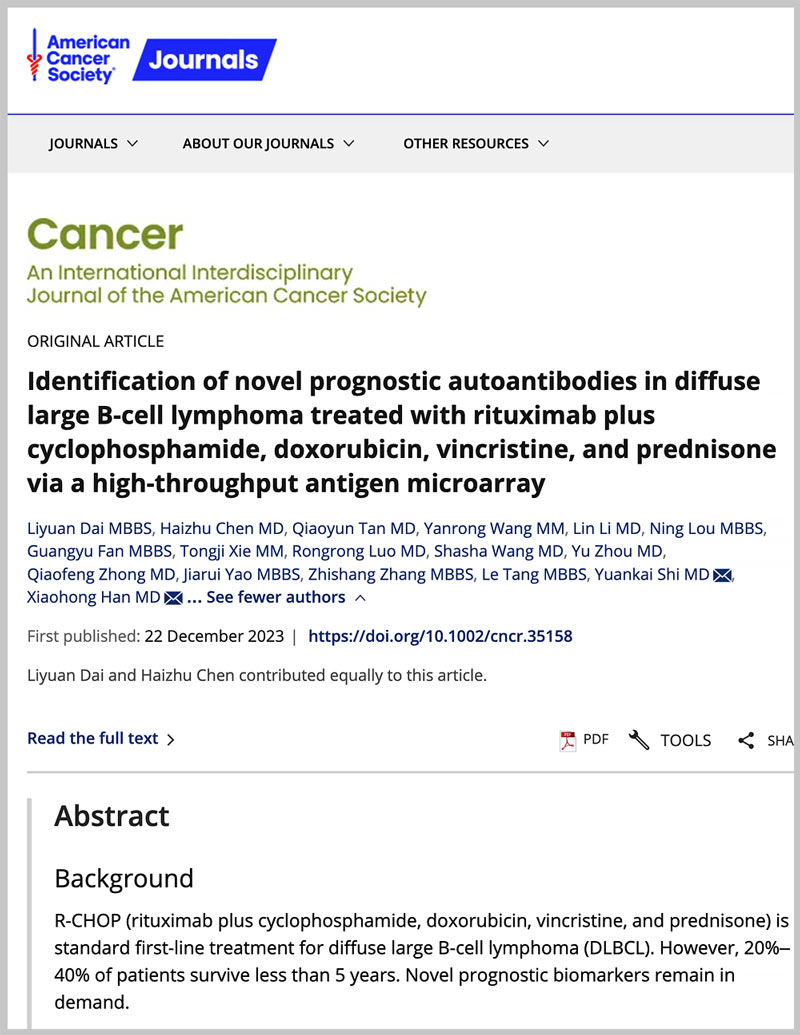- Follow Us
CDI Labs Services for
Patient Stratification
Analyze the pattern of autoantibody reactivity in patients to identify distinct subtypes associated with disease progression or treatment response.
REQUEST INFOHuProt for Improved Accuracy of Patient Stratification
Predict disease progression and identify individuals at higher risk of complications or disease recurrence
Patient stratification involves categorizing individuals with a particular disease or condition into subgroups based on the presence or absence of specific autoantibodies. This stratification approach can help tailor treatment strategies, predict disease progression, and identify individuals at higher risk of complications or disease recurrence. For example, patients with certain autoantibodies may have a higher risk of developing complications or experiencing disease flares, as is the case with systemic lupus erythematosus (SLE). By analyzing the pattern of autoantibody reactivity in cancer patients, clinicians can identify distinct subtypes associated with different clinical outcomes or treatment responses.
In the featured publication, baseline plasma autoantibodies (AAbs) were assessed in 336 DLBCL patients. In the discovery phase (n=20) HuProt™ was used to expound AAb profiles. In the verification phase (n=181), with a DLBCL-focused microarray, comparative results based on event-free survival at 24 months (EFS24) and lasso Cox regression models of progression-free survival (PFS) and overall survival (OS) were integrated to identify potential biomarkers. In conclusion this study identified a novel prognostic panel of CREB1, N4BP1, DEAF1, and UBAP2 AAbs that is independent of the International Prognostic Index (IPI) in DLBCL.
Identification of novel prognostic autoantibodies in diffuse large B-cell lymphoma treated with rituximab plus cyclophosphamide, doxorubicin, vincristine, and prednisone via a high-throughput antigen microarray
Background
R-CHOP (rituximab plus cyclophosphamide, doxorubicin, vincristine, and prednisone) is a standard first-line treatment for diffuse large B-cell lymphoma (DLBCL). However, 20%–40% of patients survive less than 5 years. Novel prognostic biomarkers remain in demand.
VIEW PAPERCDI Labs Advantages
HuProt Sample Requirements
Human serum or plasma
One 20 μL per sample
Antibody isolates
10 μg per sample (concentration 0.1 mg/mL)
Human cerebrospinal fluid (CSF)
Minimum 1.5 mL per sample
Protein / peptide / small molecule
10 μg per sample (concentration 0.1 mg/mL)
RNA
1 mL per sample (concentration 2 μM)

